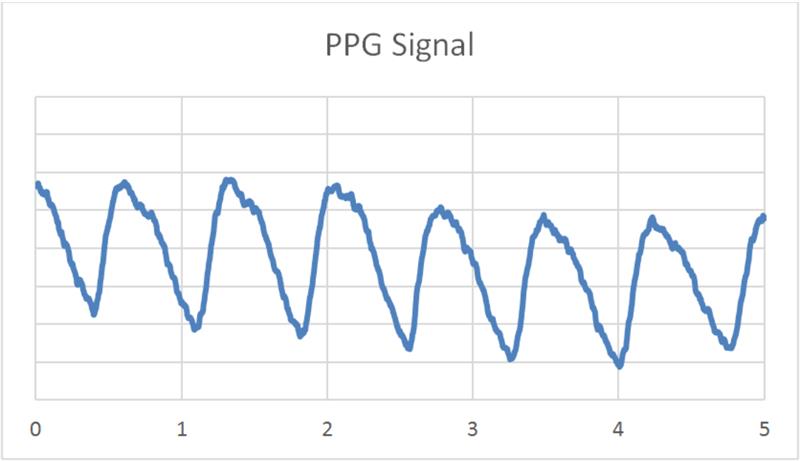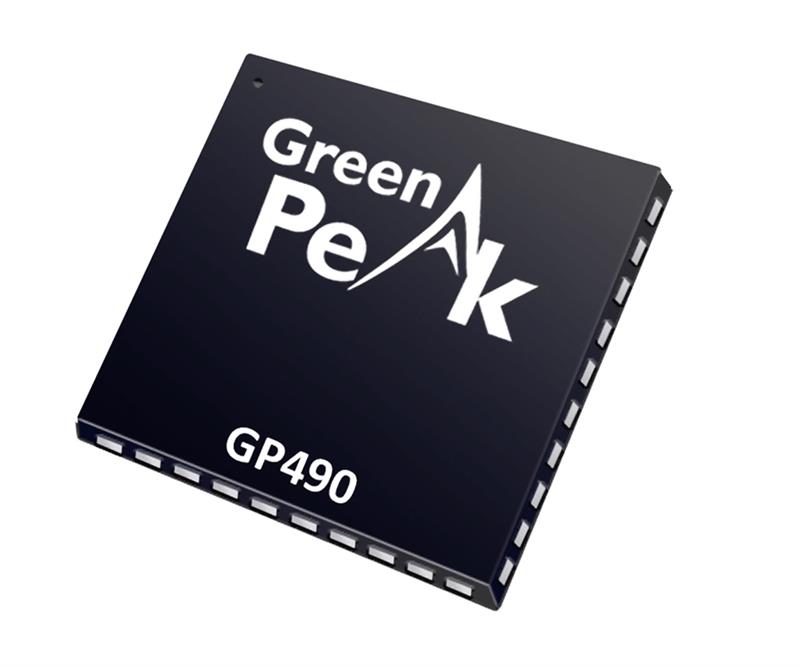Two years ago, there was a lot of discussion about the different radio technologies that would be useful for the IoT. Some advocated that Wi-Fi and Bluetooth would be sufficient, while other companies pushed IEEE802.15.4 (the underlying radio technology for ZigBee and Thread). Today’s networking technology decision makers are comfortable with the fact that the IoT will use all three technologies.
To address the weakness of Wi-Fi (compared to ZigBee), an activity was started to standardise low-power Wi-Fi (IEEE802.11ah). Although activities in this area are still proceeding and may lead to a standard, worldwide acceptance is doubtful. This standard is not universal, because we will have different flavours in different regions. Adding to the challenge is the fact that, even though this new low-power standard is called Wi-Fi, it does not have any compatibility with ‘real’ Wi-Fi – it is a completely different radio and MAC technology. So why not use IEEE802.15.4?
|
Bluetooth, as an IoT standard, has a critical weakness – it was designed as a point to point cable replacement technology, not as a networking technology. To address this, some companies have started to work on a network layer for Bluetooth (‘Bluetooth Mesh’), but they face serious challenges as similar mesh networking attempts have failed. For example, while IEEE802.11s exists, it is hardly used and implements only a single hop mesh topology (repeater). The key problem is that latency cannot be controlled when supporting multiple hops. So, the scepticism around the new Bluetooth Mesh story shouldn’t be a surprise.
So three core IoT radio technologies have been accepted: IEEE802.11/Wi-Fi for content distribution; IEEE802.15.4/ZigBee for ‘sentroller’ networks, like Smart Homes and Bluetooth; and Bluetooth Low Energy, for connectivity, personal area networks and wearables.
Crossover radio products are available and there are three large open worldwide uniform radio communication standards that are the cornerstones for the IoT. That is the good news.
The bad news? More confusion! More than a decade ago, a technology war erupted around the networking and application layers. Today, everyone is familiar with TCP/IP – but a battle was fought between multiple networking standards to get to this stage and that is what is happening today in the IoT space. It appears that companies have not learned that standards wars harm and slow the adoption of new technologies.
Apple HomeKit, Google Brillo, Qualcomm Alljoyn, Intel IoTivity and, most recently, Huawei LiteOS are competing to get industry mindshare and to become the ‘leader in the IoT’.
There is one more layer of confusion; alongside the application framework layer, there is a battle at the networking level. The clear contender is ZigBee 3.0, with Thread as the challenger. More confusing is that several key players in the Thread Group (Freescale, ARM and Silicon Labs) have prominent leadership positions in the ZigBee Alliance.
Thread, announced late last year, remains under wraps but, from what is leaking out, it appears that it will struggle to contend against ZigBee 3.0. That should not be a surprise as ZigBee 3.0 has incorporated years of experience in many application domains. With ZigBee, a solid certification programme exists, test houses are signed up and more than 1000 ZigBee products have been certified. ZigBee has clearly become the technology of choice for many of the world’s IoT and Smart Home system makers.
|
ZigBee 3.0 supports an application library that has lived through multiple iterations, so it is no surprise that Thread is looking at adopting the ZigBee application library to run over Thread. But there is more: ZigBee 3.0 is strongly anchored in the consumer electronics world, with ZigBee RF4CE and includes the ZigBee Green Power feature.
ZigBee RF4CE was developed to replace infrared based remote controls. Since then, it has evolved and, in its latest version (ZRC 2.0), it is fully integrated with the ZigBee application library. This means a remote control designed for a TV or a set-top box can also control lamps, lights and curtains in the home.
ZigBee RF4CE provides full backward compatibility with the legacy IR space. ZigBee remote controls can automatically detect and download the required code-sets for legacy equipment that requires IR, so it’s nota surprise that RF4CE makes ZigBee a key enabler for the Smart Home.
In addition to ultra-low power requirements (comparable to Bluetooth Low Energy), the key value-add of RF4CE is low latency. User interfaces provide immediate feedback, usually less than 30ms. Normally, meshing networks tend to see latencies of 100ms or more, making for an unpleasant user experience. Being able to add low latency human interface devices to the network is key for ZigBee.
ZigBee 3.0 also includes ZigBee Green Power, which was originally developed as an ultra low power wireless standard to support energy harvesting devices – the most common application being the light switch. Green Power is especially effective for devices that are only sometimes on the network (when they have power). Green Power enables these devices to go on and off the network in a secure manner so they can be off most of the time.
As an ultra-low wireless technology, Green Power is also an effective option when using battery powered devices as it enables them to run off a battery for years. It also allows for low cost end nodes to communicate with the rest of the network, specifically in situations where there is no meshing required.
ZigBee 3.0 is also fully IP compatible. ZigBee devices are usually connected to the internet via a router, gateway or set top box and, as such, can be controlled by any device that is connected to the internet – from PCs to tablets and smartphones. Because ZigBee is fully Wi-Fi and IP compatible, there is no need to have a ZigBee chip in the phone itself in order to find and control ZigBee connected devices; it all happens through any web connected hub (router, set-top box, gateway). This means that connected PCs and smartphones (Wi-Fi or cellular) can function as dashboards, as they can find and communicate with any ZigBee devices without a problem.
ZigBee 3.0 is open, universal and complete. It is fully interoperable with existing internet applications. There are probably already 500million ZigBee devices in the market and it is the solution for a wide range of Smart Home applications.
ZigBee 3.0 is secure, supports battery free devices, meshing, low latency and energy harvesting and for many application builders it is the one and only networking solution on top of the IEEE802.15.4 radio technology.
ZigBee 3.0 will be the low-power Wi-Fi for many of our future IoT sense and control networks and applications.
Author profile:
Cees Links is founder and CEO of GreenPeak Technologies.








 Fig 1: The short range IoT standards currently available or announced.
Fig 1: The short range IoT standards currently available or announced. The GP490 SoC supports ultra-low power Zigbee wireless comms in smart home applications.
The GP490 SoC supports ultra-low power Zigbee wireless comms in smart home applications.




